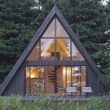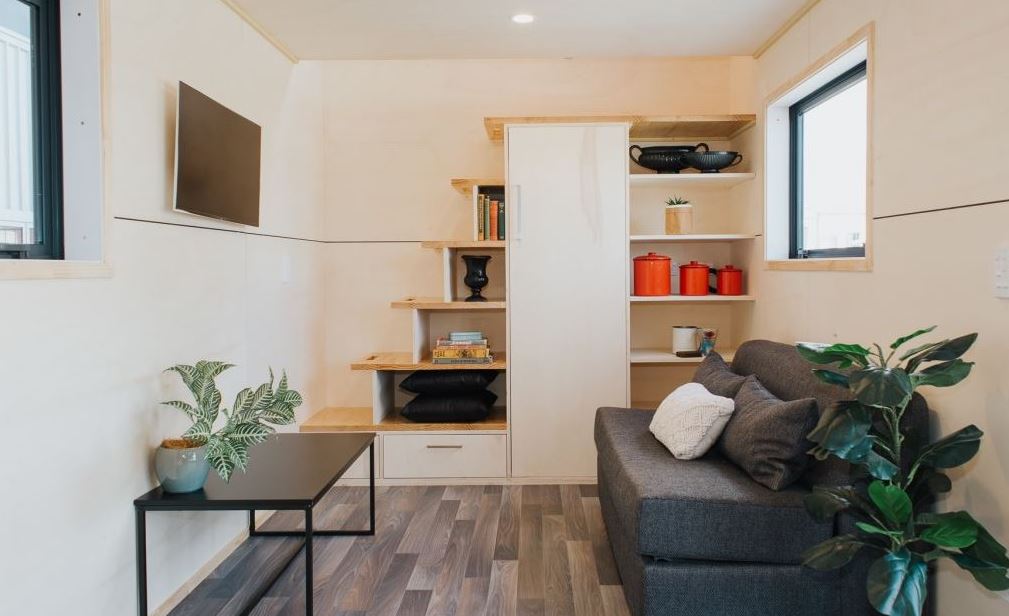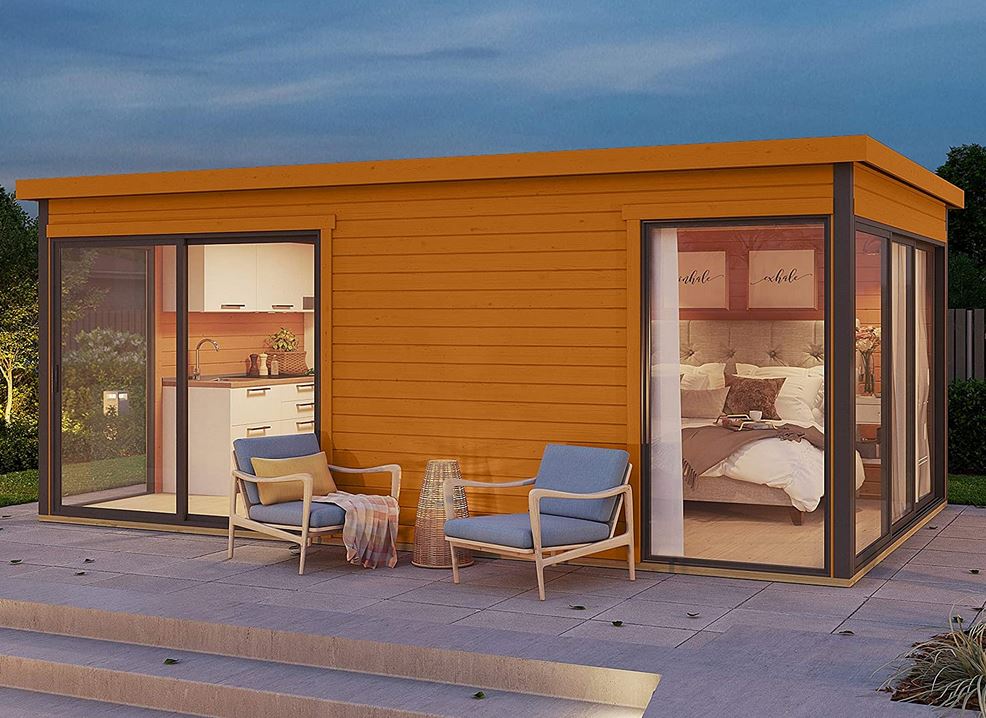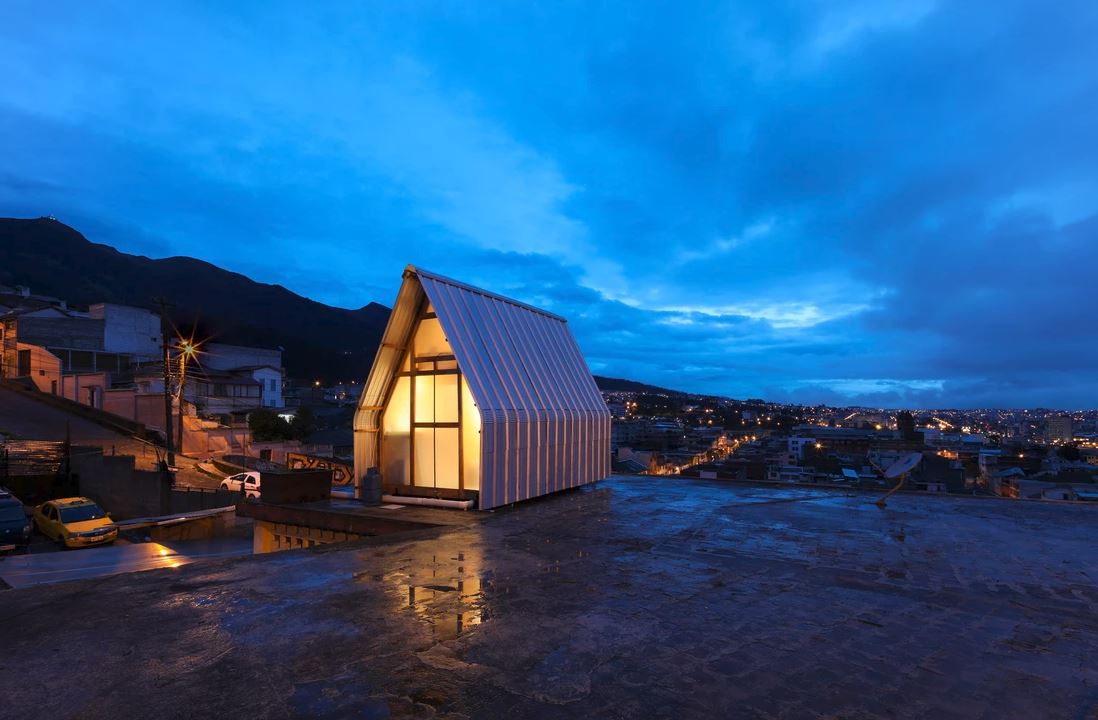You have now decided to go all in and get yourself a tiny house. To go even further, you have opted to have your tiny house on wheels.
The next logical question is therefore what type of trailer you need to actualize that dream.
How to choose a tiny house trailer
It is very important to get this step right. For all intents and purposes, the trailer is the most important part of your new house. It is the foundation on which everything else sits and moves.
You have to understand that there are many types of trailers, but for a house, you should go with a flat-bed.
This is all you need to know in your quest to buy a trailer for your tiny house.
1. The Type of flatbed trailer
- Deck-Over trailer

In this kind, the bed sits above the wheel wells.
The biggest advantage is that it gives you the entire space to work with, but one disadvantage is that it can be too high off the ground.
It may not be the most appropriate type of trailer for a tiny house with a loft.
- Deck-Between trailer
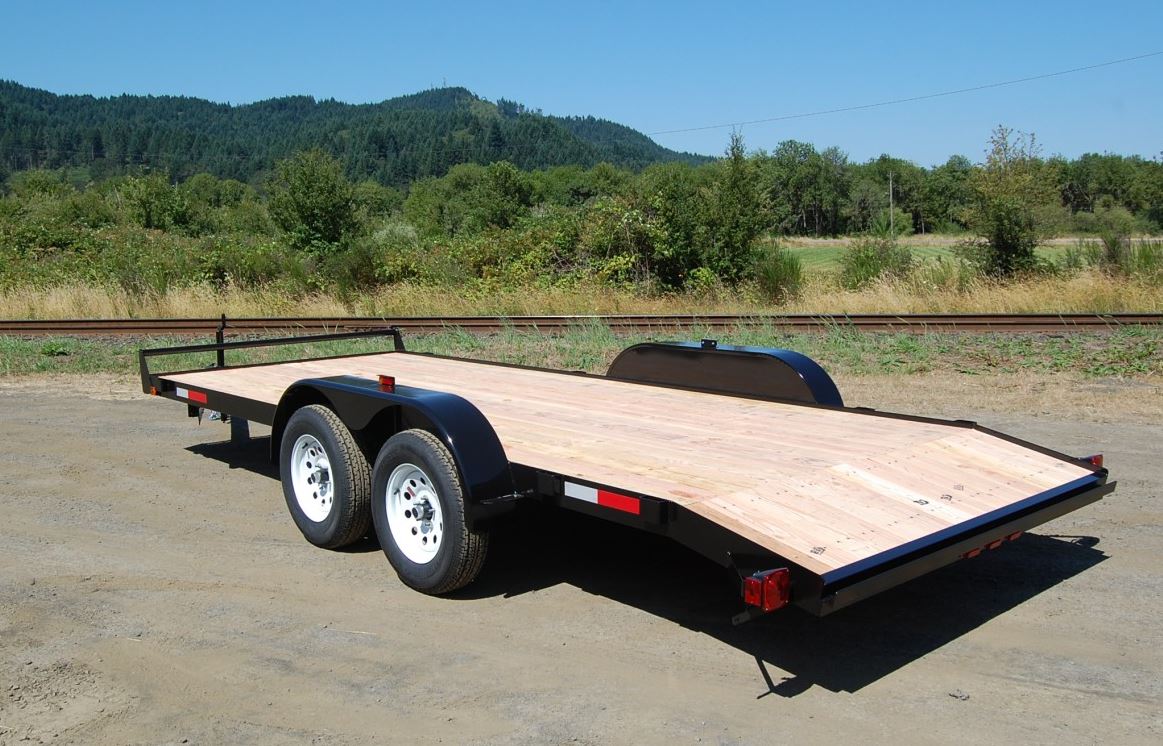
As its name says, the deck is literally between the two wheels. The biggest advantage with this is that the deck sits closer to the ground, and is therefore suitable to place a taller tiny house on top of it.
However by having the two wheels as some kind of borders, you may be limited on the width of your house, unless some clever design works are made.
- Gooseneck trailer
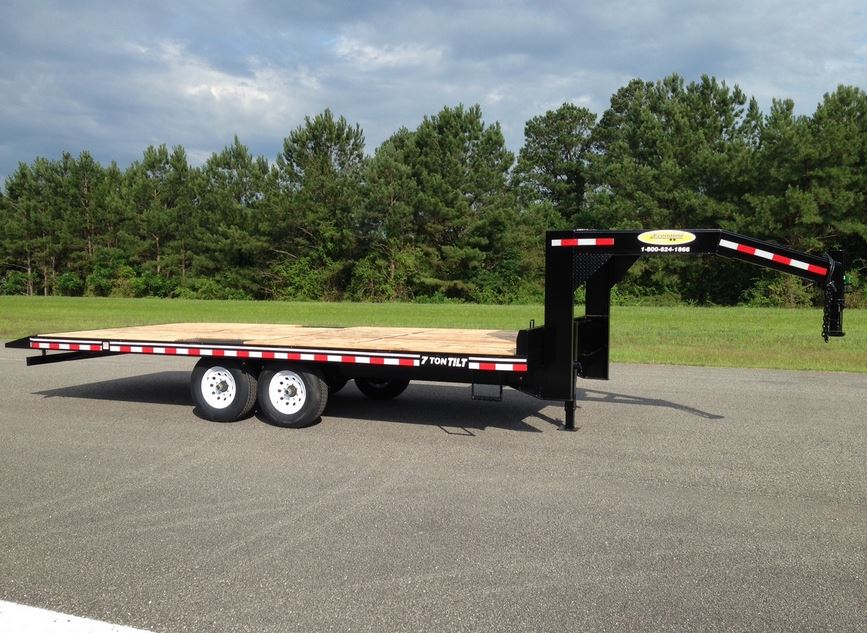
This can be either a deck-over or deck-between trailer. What differentiates it is the special hitch at the front, used specifically for hauling it.
2. The Gross Weight Vehicle Rating
This is very important and has to be gotten right from the word go.
The Gross Weight Vehicle Rating (GWVR) is essentially the maximum weight the axles are able to carry. Of course the axle is the part that attaches to the wheels.
If your trailer comes with more than one axle, you first add up the weight each can carry, then subtract the weight of the flatbed to calculate the weight you can place on it.
For example if one axle is rated 4,000 pound, and there are 2 of them, then both can support up to 8,000 pounds.
If then the weight of the flat-bed is 2,000 pounds, the maximum weight of your tiny house should be 6,000 pounds (8000 – 2000).
It is good to note that this should be the maximum final weight of the tiny house, which by then should have all furnishing and occupants. The skeleton structure should weigh much less.
So, when deciding which trailer to get, you should first and foremost estimate the weight of your intended house, then get one with a GWVR above that. A good rule is to overestimate by about 20%.
3. Used vs new trailer
Cost might have something to do with this. Is it not necessary to get a brand new trailer when you can get a cheaper used one?
The decision on which one to go with will depend on a number of factors. If price is your only consideration, then used is your clear choice. However, buying a used trailer will bring other headaches, e.g. unclear GWVR which may endanger your life; rust issues; harder DMV registration process; you may have to do improvements, reinforcements and replacements right away.
Buying a new trailer saves you most of that, but will cost you more. However, you may not get the customization you need from the manufacturer.
For that, you’ll have to with a custom-built trailer. If you can’t do it yourself, there are companies that specialize in one-off custom trailers. You give them your specifications and they built it for you from scratch.
This comes with all advantages of a new non-custom trailer, with the added benefit of adjusting to your needs. However, it may be more expensive than a generic trailer, take more time to build, and take longer to deliver as such companies are far between.
4. Type of Towing Vehicle
However if your trailer will be on the move often, the type you choose should be guided by the vehicle you own.
For the most part, you don’t even need a full truck. Many large SUVs can do the job just fine. However, you should check your car’s towing capacity vs what your trailer and tiny house weigh.
A trailer like the gooseneck can however only be towed by a pickup truck.
5. Specially-built Tiny House Trailers
Trailers were not originally made for hauling tiny houses. That means sticking a house on top of any generic trailer may not be a good idea.
Nowadays there are many companies that specifically build trailers for tiny houses. They come with features you may not find in generic versions such as: Special rust resistant coat, special heavy load tires, electric brakes, jacks for easy leveling etc.
Companies such as Tumbleweed Houses and Tiny Home Builders have several options.
6. Where to park
This is one question that comes up all too often. When making your initial decision on which trailer to buy, you need to know exactly where you will park it most of the time. There are local and state regulations on minimum and maximum size of tiny houses.
Too large or too small trailers can mean having a tiny house or RV that breaks the law. The only way you can ensure you are on the right side is by knowing the laws and regulations touching on tiny living state by state, and in some cases county by county.


